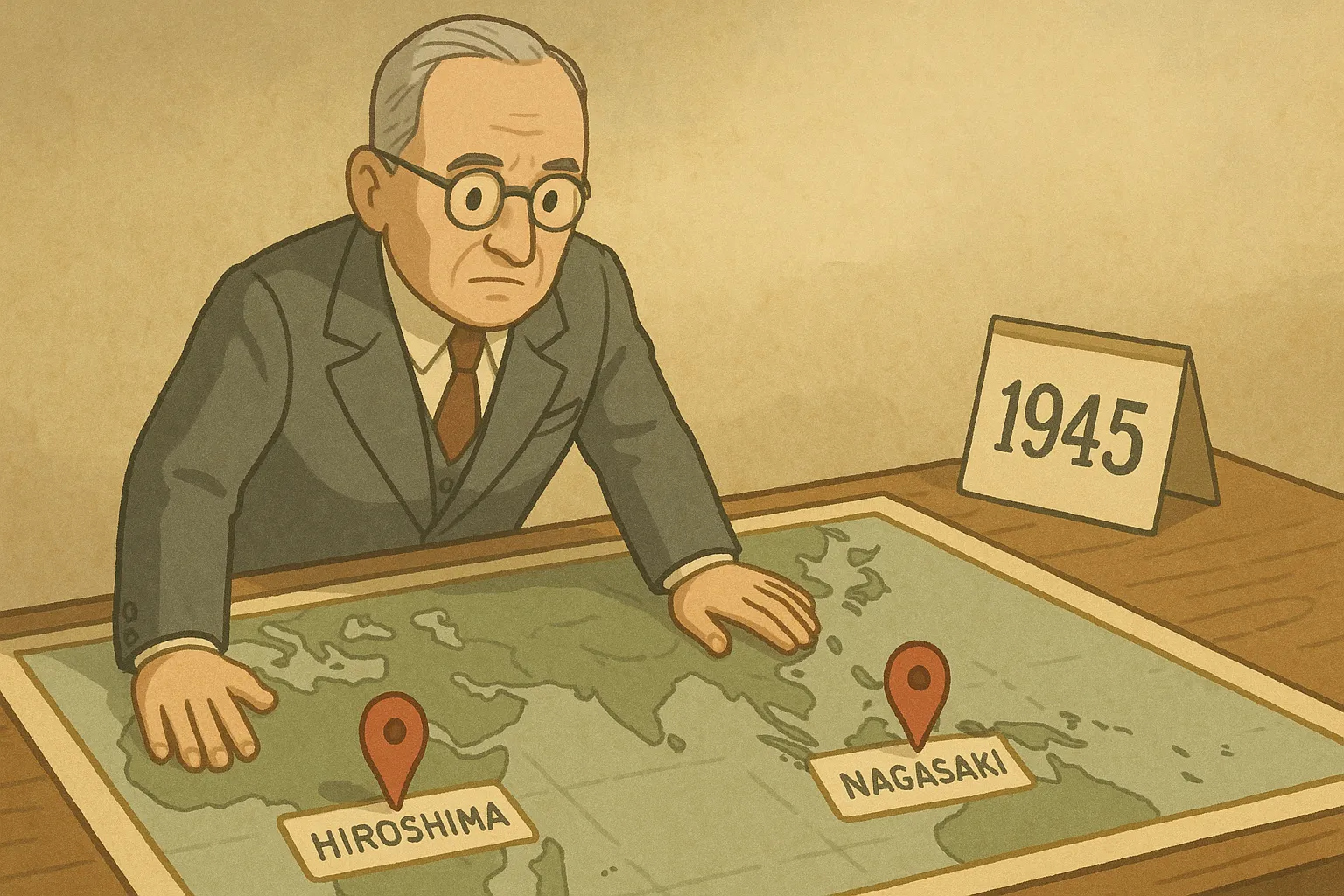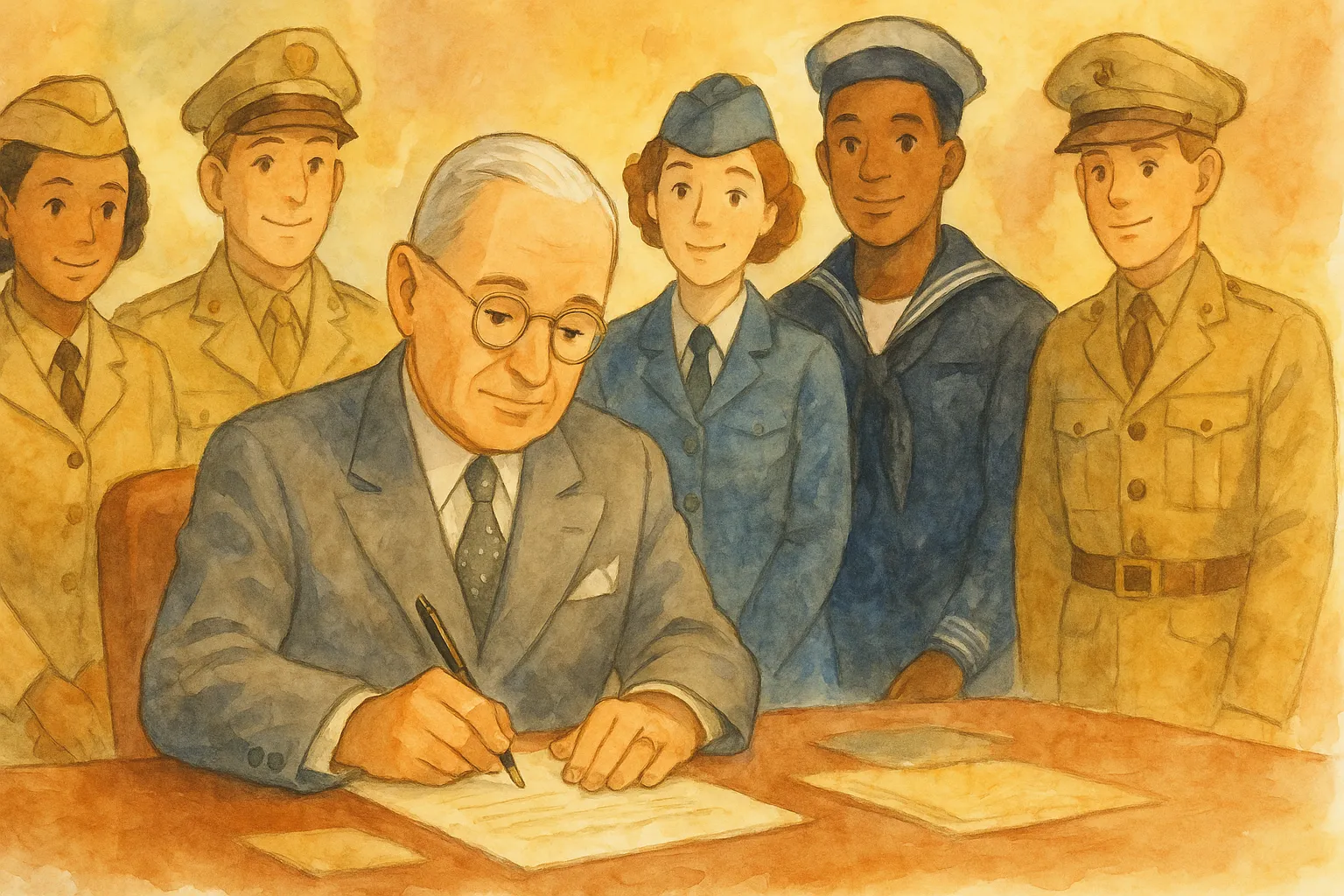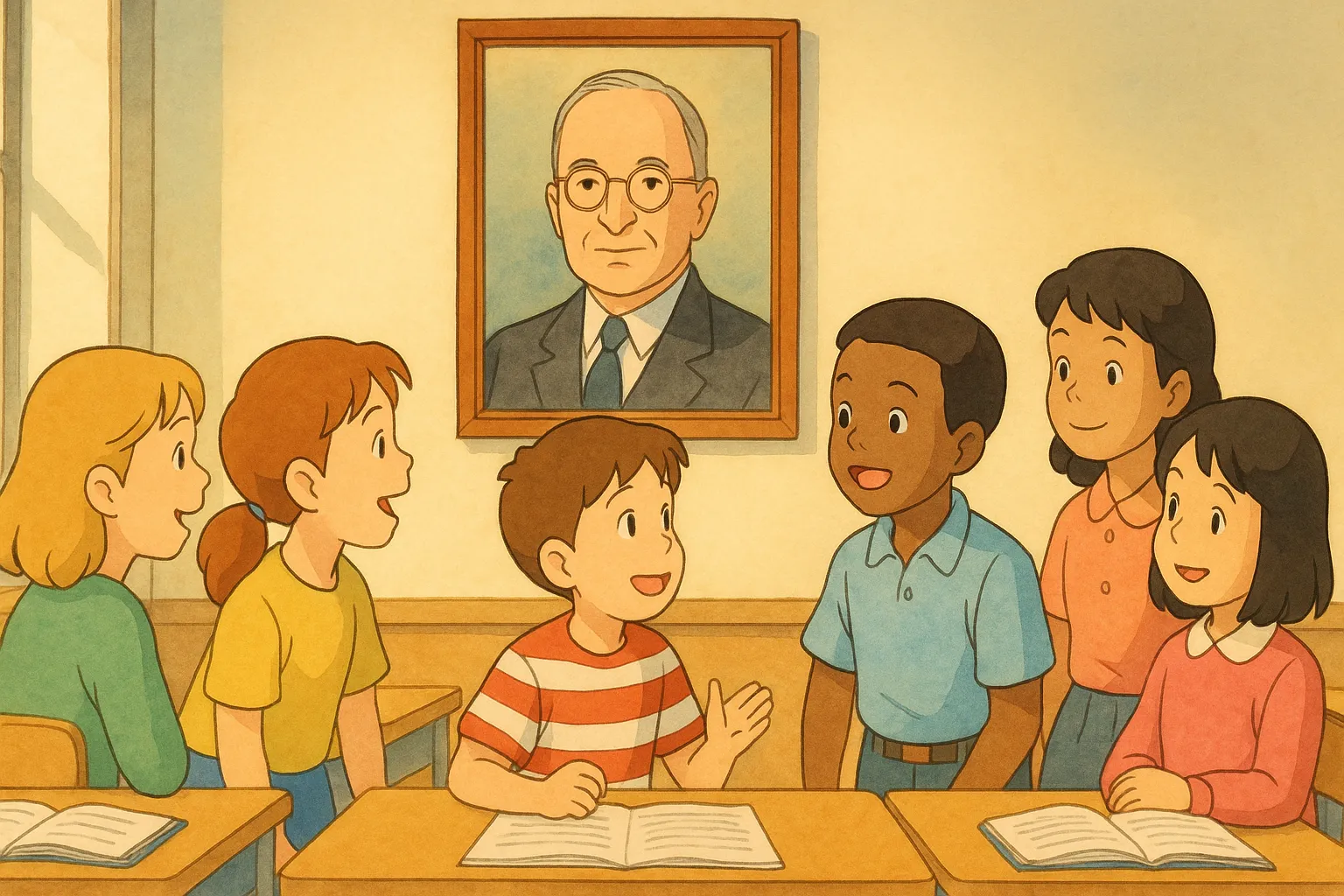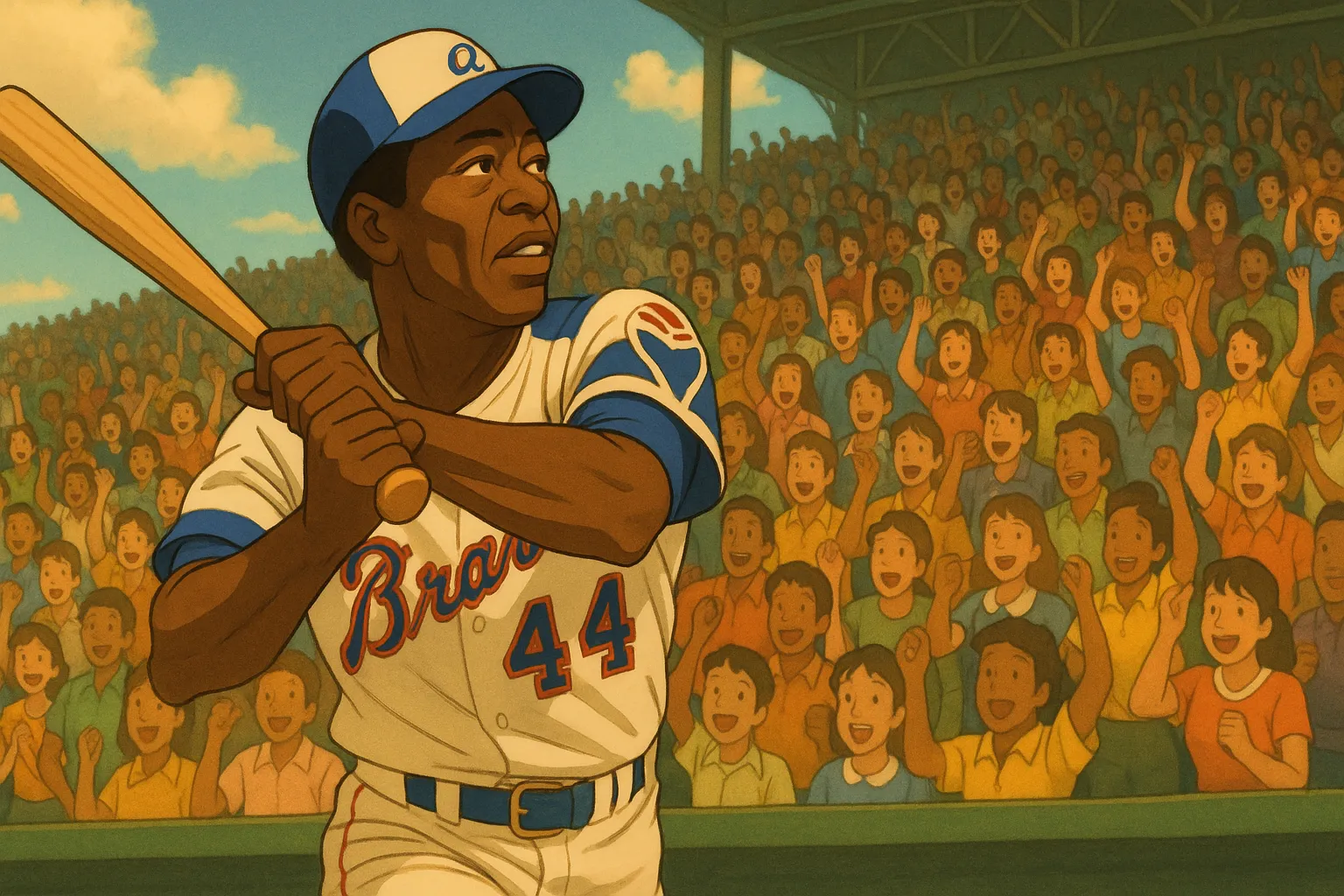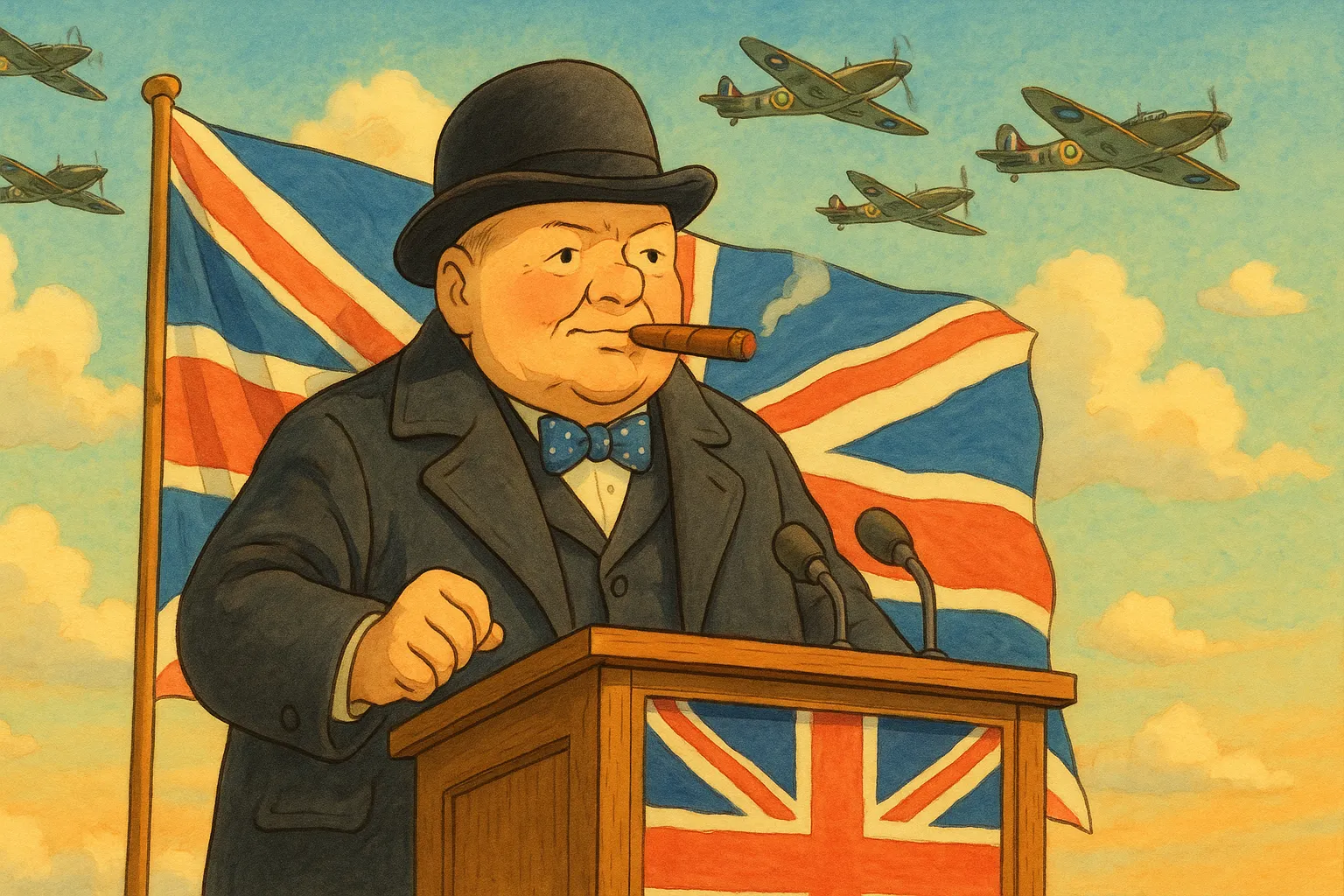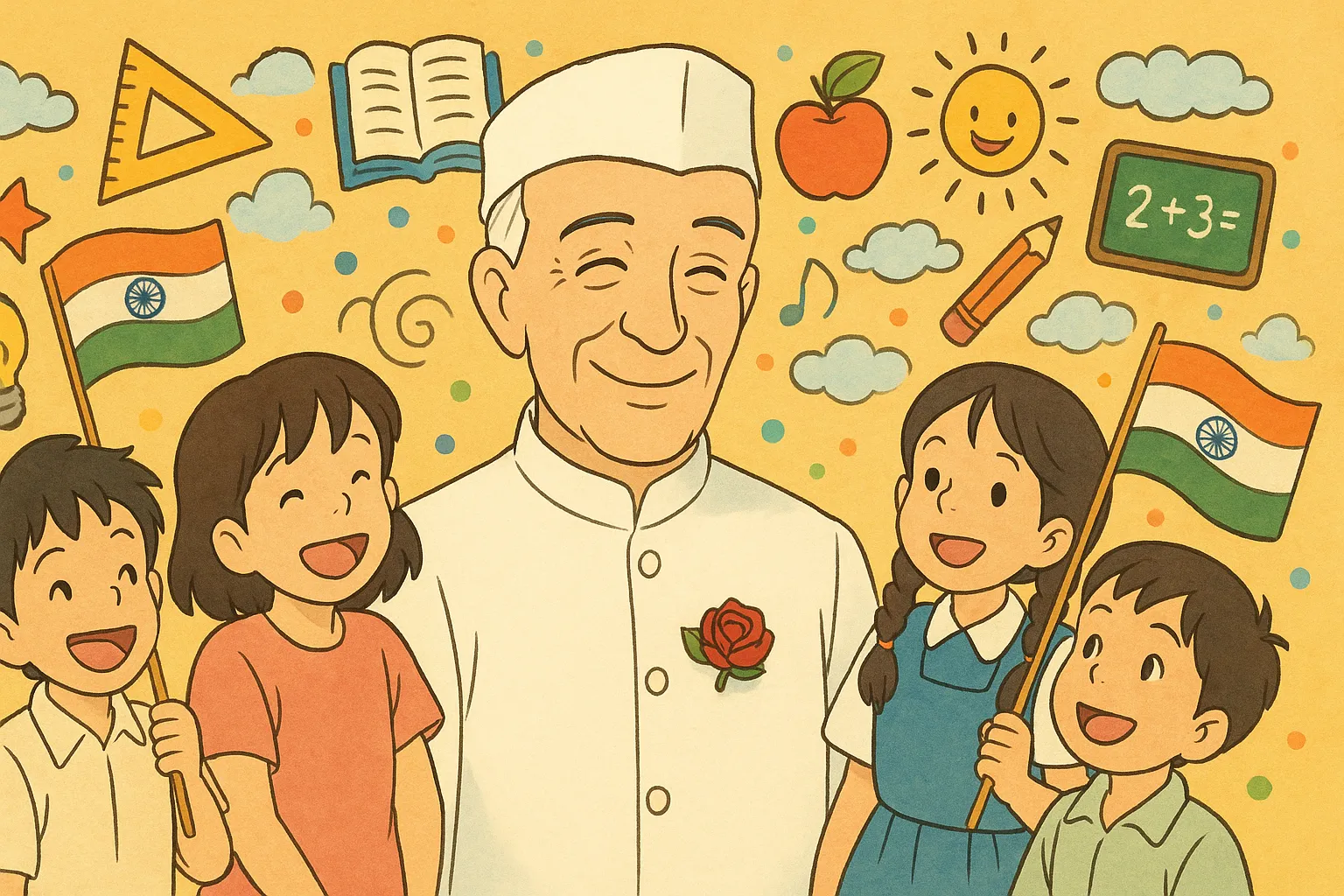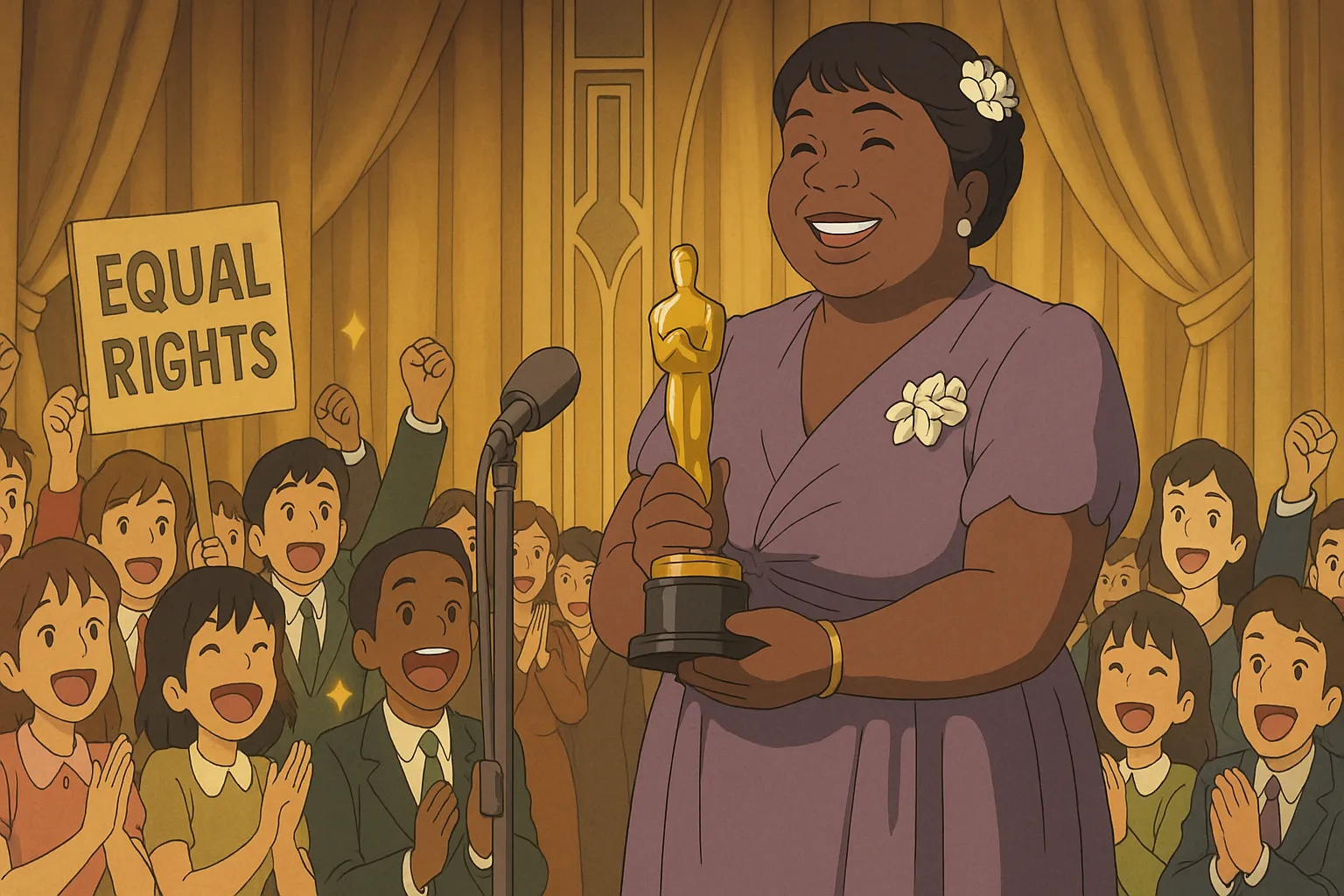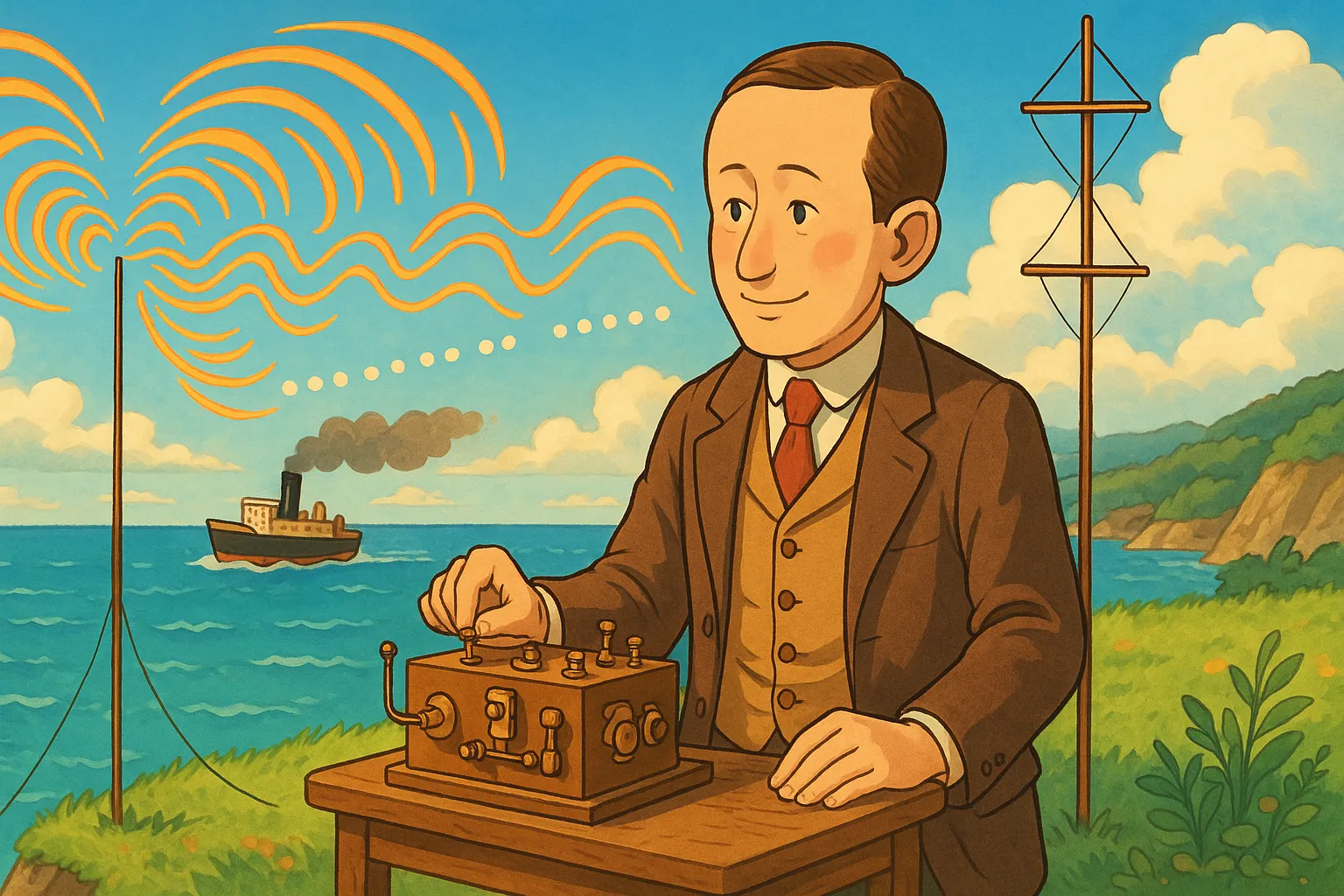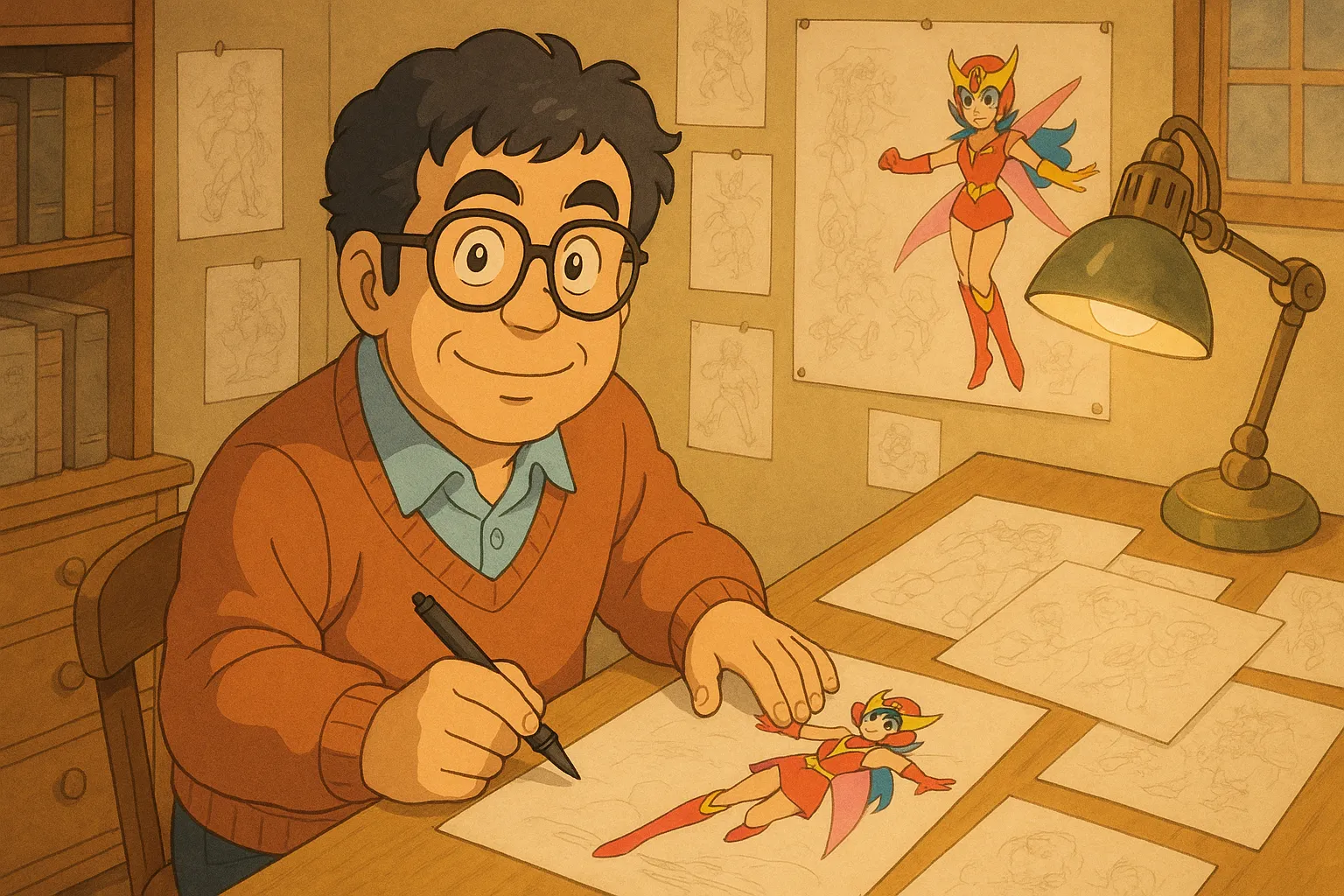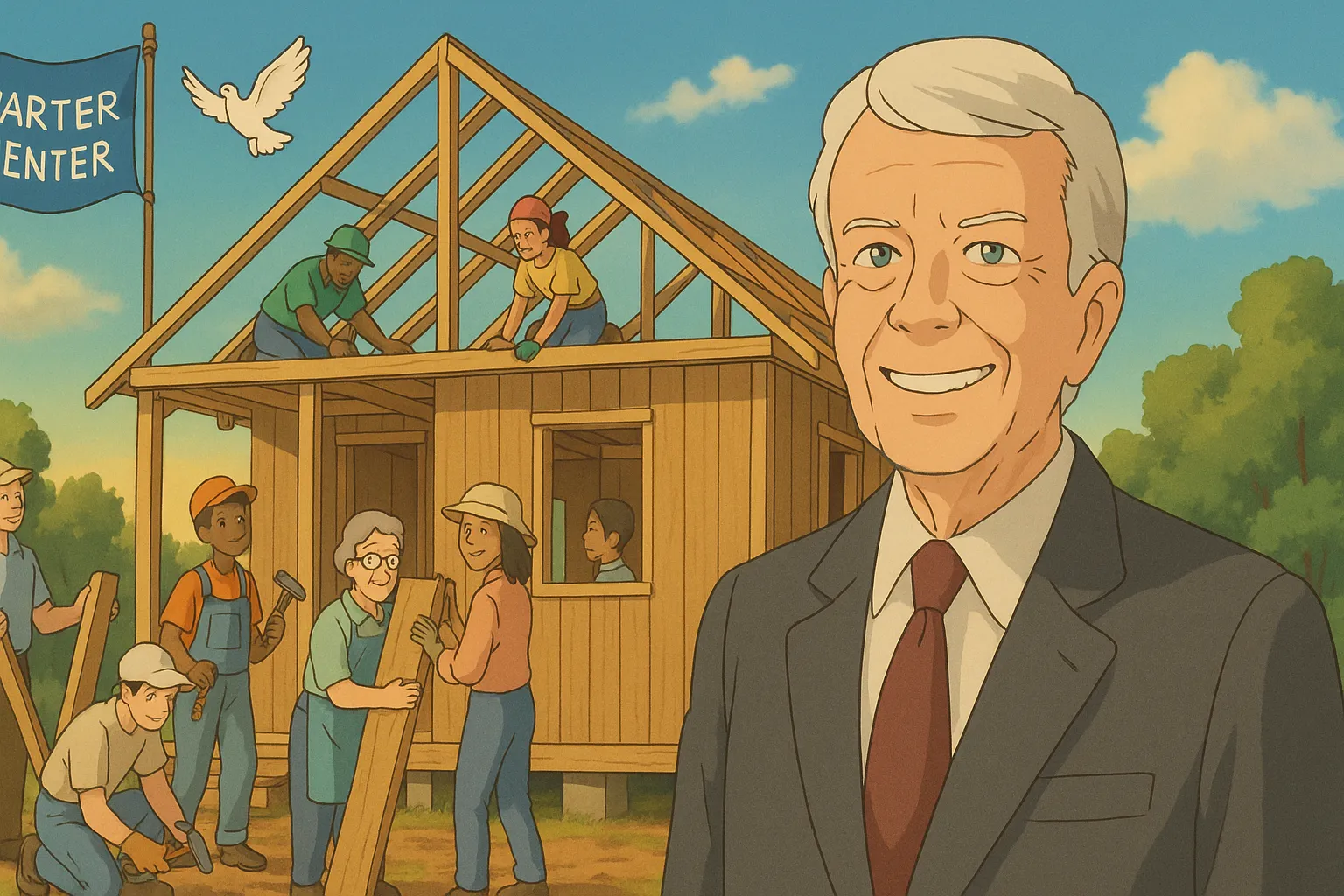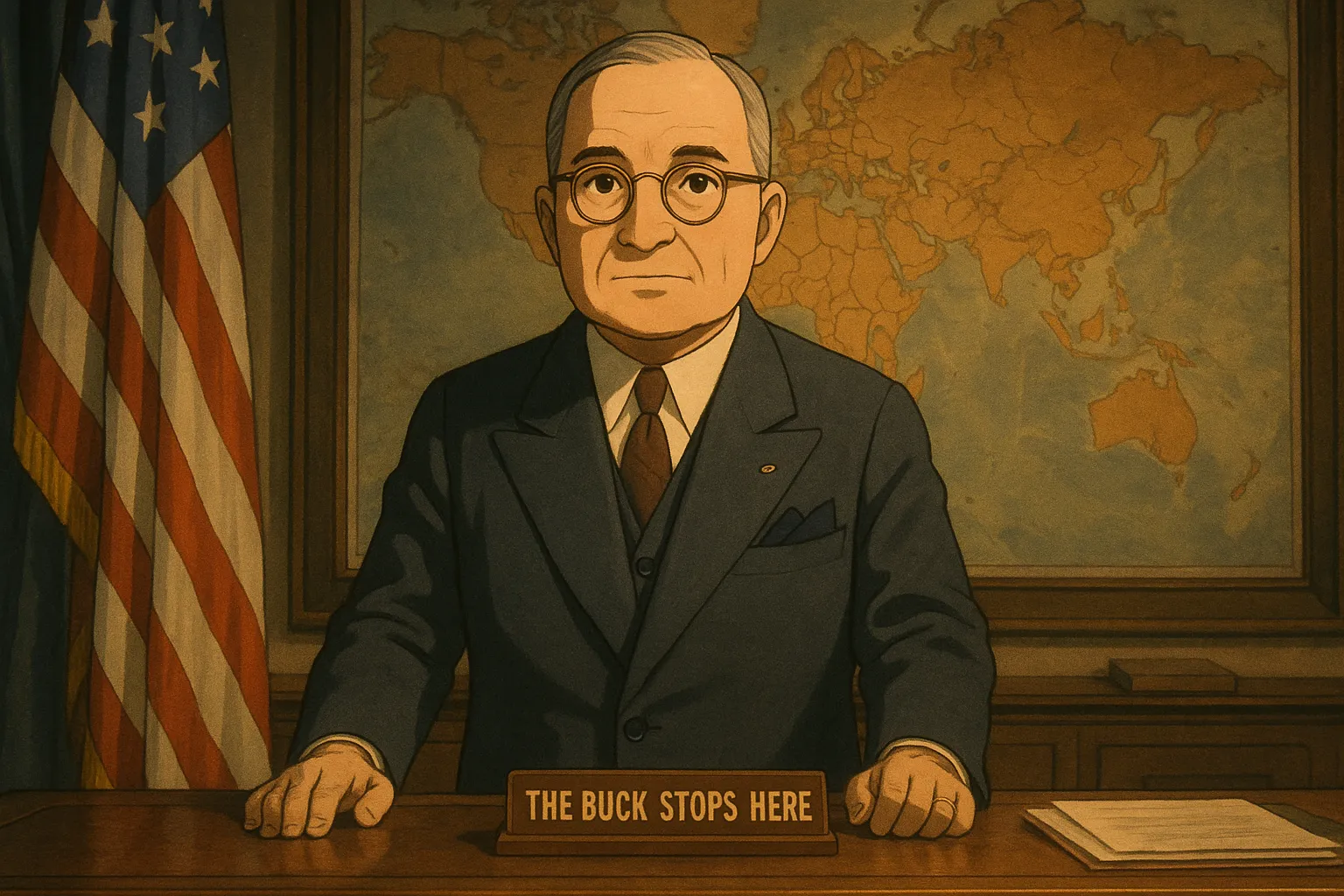
Frequently Asked Questions
What does the "S" in Harry S. Truman stand for?
The S does not stand for a given name. It was a compromise honoring both of his grandfathers, Anderson Shipp Truman and Solomon Young.
What did Truman do before national politics?
He served in World War I as an artillery officer, ran a small men’s clothing store, and held local political offices in Missouri before winning a U.S. Senate seat.
How did Truman build a national reputation in the Senate?
He chaired the Truman Committee, which investigated wartime waste and fraud, saved taxpayer money, and raised his profile as a practical, reform-minded leader.
What was the "Fair Deal"?
The Fair Deal was Truman’s postwar domestic program proposing higher minimum wage, expanded social programs, housing, and health insurance; many ideas met resistance in Congress.
How did he win the 1948 presidential election?
Truman ran an energetic whistle-stop campaign, rallied supporters across the country, and pulled off an upset victory despite low polls and widespread expectations he would lose.
Did Truman take action during the Berlin Blockade?
Yes. Truman authorized the Berlin Airlift (1948–49), a large-scale operation to fly food and supplies into West Berlin after the Soviet blockade.
Did Truman take a position on the new state of Israel?
Truman recognized the state of Israel quickly in 1948, making the United States one of the first countries to do so.
Where can I find Truman’s papers and legacy today?
The Harry S. Truman Library and Museum in Independence, Missouri, holds his papers, recordings, and artifacts and serves as a center for studying his life and presidency.
What was Truman’s leadership style like?
He was plain-spoken, decisive, and focused on accountability. He came from a modest Midwestern background and favored practical, direct action.
How do historians view Truman’s presidency today?
Historians offer a mixed view—many praise his leadership in the early Cold War, administrative reforms, and civil-rights steps, while debates continue over some wartime and foreign-policy choices.

